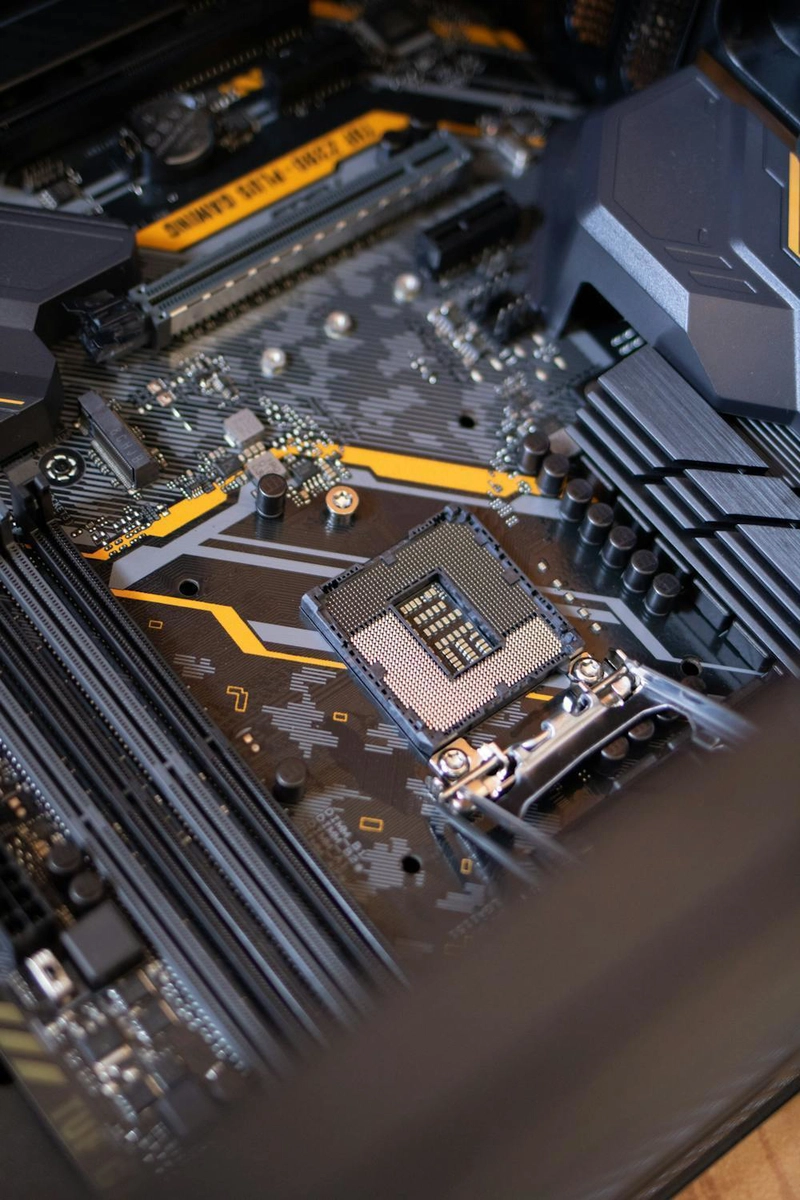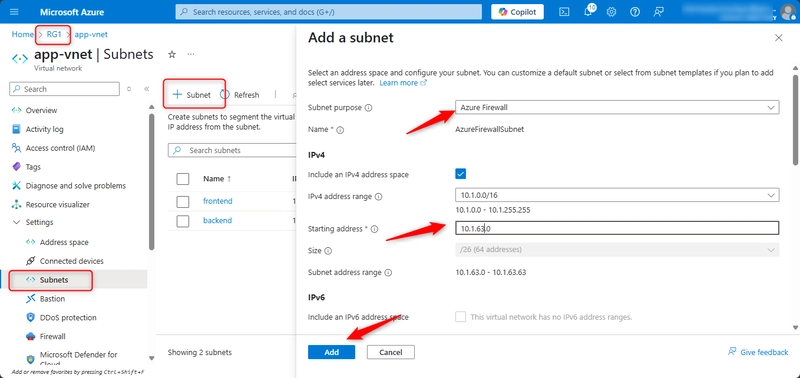Understanding the A2A Protocol: A Beginner's Guide to Agent-to-Agent Communication
Introduction to A2A Protocol The Agent-to-Agent (A2A) protocol represents a groundbreaking approach to machine-to-machine communication, enabling AI systems to interact with each other autonomously and efficiently. For developers new to the concept, think of it as a standardized language that allows different AI agents to communicate, collaborate, and coordinate their activities without human intervention. Why A2A Protocol Matters In today's rapidly evolving technological landscape, the ability for AI systems to communicate effectively is becoming increasingly important. Here's why A2A matters: Enhanced Automation: Reduces the need for human oversight in complex multi-agent systems Improved Efficiency: Streamlines processes by enabling direct communication between specialized AI agents System Resilience: Creates more robust AI ecosystems that can adapt to changing conditions Scalability: Allows for the creation of larger, more complex AI networks Core Components of the A2A Protocol The A2A protocol consists of several key components that enable effective agent-to-agent communication: 1. Message Format A2A uses a standardized message format that includes: Headers: Contains metadata about the message Payload: The actual content of the message Authentication: Security credentials to verify the sender's identity Routing Information: Directives for message delivery 2. Communication Protocols A2A supports multiple communication patterns: Request-Response: One agent requests information or action from another Publish-Subscribe: Agents subscribe to specific types of messages Stream Processing: Continuous flow of data between agents Event-Driven: Communication triggered by specific events Implementing A2A in Your Projects For developers looking to implement A2A protocol in their projects, here's a simplified approach: Define Agent Capabilities: Clearly outline what each agent can do Establish Communication Channels: Set up secure and reliable connections between agents Implement Message Handlers: Create functions to process incoming messages Design Fallback Mechanisms: Develop strategies for handling communication failures Real-World Applications of A2A Protocol The A2A protocol is already being used in various applications across different industries: Smart Cities AI agents managing traffic flow, energy distribution, and public safety can communicate seamlessly to optimize city operations. Supply Chain Management Autonomous systems tracking inventory, managing logistics, and predicting demand can coordinate to ensure efficient operations. Healthcare Systems Medical diagnostic tools, patient monitoring systems, and treatment recommendation engines can work together to provide comprehensive care. Challenges and Limitations Despite its benefits, the A2A protocol faces several challenges: Security Concerns: Ensuring secure communication between agents Standardization Issues: Lack of universal standards across different implementations Complexity Management: Handling the increasing complexity of multi-agent systems Trust Verification: Establishing trustworthiness between unknown agents Future Directions for A2A Protocol The A2A protocol continues to evolve, with several exciting developments on the horizon: Integration with Blockchain: Using distributed ledger technology to enhance security and trust Semantic Understanding: Improving agents' ability to understand context and meaning Adaptive Learning: Enabling agents to learn from their interactions Cross-Platform Compatibility: Ensuring A2A works across different hardware and software environments Getting Started with A2A For developers interested in experimenting with A2A, here are some resources to get started: Open-source A2A frameworks Developer documentation and tutorials Community forums and discussion groups Sample implementations and code repositories Conclusion The A2A protocol represents a significant advancement in enabling autonomous communication between AI systems. As the technology continues to mature, we can expect to see increasingly sophisticated applications across various domains, from smart cities to healthcare and beyond. For developers entering this field, understanding the fundamentals of A2A is becoming an essential skill in the AI ecosystem. By mastering these concepts, you'll be well-positioned to create more intelligent, responsive, and interconnected AI systems. Are you already working with A2A protocols? Share your experiences in the comments below!

Introduction to A2A Protocol
The Agent-to-Agent (A2A) protocol represents a groundbreaking approach to machine-to-machine communication, enabling AI systems to interact with each other autonomously and efficiently. For developers new to the concept, think of it as a standardized language that allows different AI agents to communicate, collaborate, and coordinate their activities without human intervention.
Why A2A Protocol Matters
In today's rapidly evolving technological landscape, the ability for AI systems to communicate effectively is becoming increasingly important. Here's why A2A matters:
- Enhanced Automation: Reduces the need for human oversight in complex multi-agent systems
- Improved Efficiency: Streamlines processes by enabling direct communication between specialized AI agents
- System Resilience: Creates more robust AI ecosystems that can adapt to changing conditions
- Scalability: Allows for the creation of larger, more complex AI networks
Core Components of the A2A Protocol
The A2A protocol consists of several key components that enable effective agent-to-agent communication:
1. Message Format
A2A uses a standardized message format that includes:
- Headers: Contains metadata about the message
- Payload: The actual content of the message
- Authentication: Security credentials to verify the sender's identity
- Routing Information: Directives for message delivery
2. Communication Protocols
A2A supports multiple communication patterns:
- Request-Response: One agent requests information or action from another
- Publish-Subscribe: Agents subscribe to specific types of messages
- Stream Processing: Continuous flow of data between agents
- Event-Driven: Communication triggered by specific events
Implementing A2A in Your Projects
For developers looking to implement A2A protocol in their projects, here's a simplified approach:
- Define Agent Capabilities: Clearly outline what each agent can do
- Establish Communication Channels: Set up secure and reliable connections between agents
- Implement Message Handlers: Create functions to process incoming messages
- Design Fallback Mechanisms: Develop strategies for handling communication failures
Real-World Applications of A2A Protocol
The A2A protocol is already being used in various applications across different industries:
Smart Cities
AI agents managing traffic flow, energy distribution, and public safety can communicate seamlessly to optimize city operations.
Supply Chain Management
Autonomous systems tracking inventory, managing logistics, and predicting demand can coordinate to ensure efficient operations.
Healthcare Systems
Medical diagnostic tools, patient monitoring systems, and treatment recommendation engines can work together to provide comprehensive care.
Challenges and Limitations
Despite its benefits, the A2A protocol faces several challenges:
- Security Concerns: Ensuring secure communication between agents
- Standardization Issues: Lack of universal standards across different implementations
- Complexity Management: Handling the increasing complexity of multi-agent systems
- Trust Verification: Establishing trustworthiness between unknown agents
Future Directions for A2A Protocol
The A2A protocol continues to evolve, with several exciting developments on the horizon:
- Integration with Blockchain: Using distributed ledger technology to enhance security and trust
- Semantic Understanding: Improving agents' ability to understand context and meaning
- Adaptive Learning: Enabling agents to learn from their interactions
- Cross-Platform Compatibility: Ensuring A2A works across different hardware and software environments
Getting Started with A2A
For developers interested in experimenting with A2A, here are some resources to get started:
- Open-source A2A frameworks
- Developer documentation and tutorials
- Community forums and discussion groups
- Sample implementations and code repositories
Conclusion
The A2A protocol represents a significant advancement in enabling autonomous communication between AI systems. As the technology continues to mature, we can expect to see increasingly sophisticated applications across various domains, from smart cities to healthcare and beyond.
For developers entering this field, understanding the fundamentals of A2A is becoming an essential skill in the AI ecosystem. By mastering these concepts, you'll be well-positioned to create more intelligent, responsive, and interconnected AI systems.
Are you already working with A2A protocols? Share your experiences in the comments below!










































































































































































![[The AI Show Episode 146]: Rise of “AI-First” Companies, AI Job Disruption, GPT-4o Update Gets Rolled Back, How Big Consulting Firms Use AI, and Meta AI App](https://www.marketingaiinstitute.com/hubfs/ep%20146%20cover.png)













































































































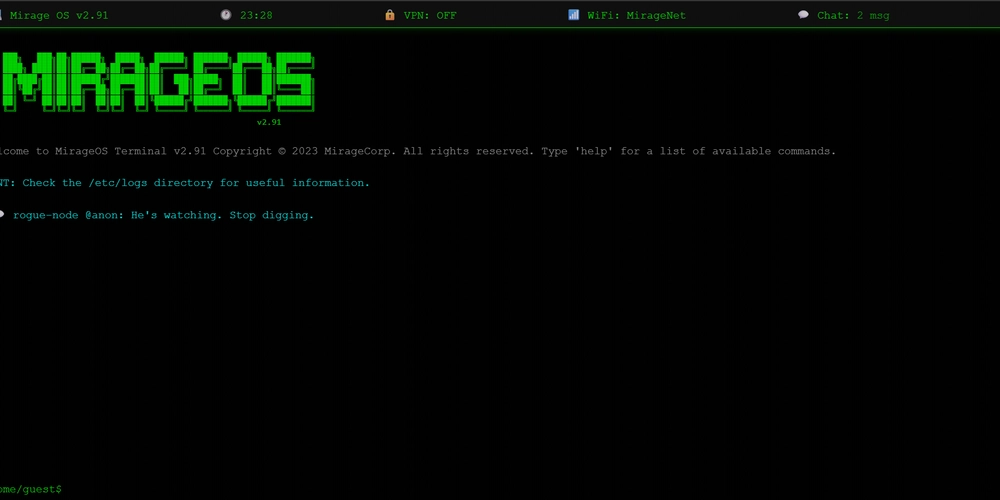
















![Life in Startup Pivot Hell with Ex-Microsoft Lonewolf Engineer Sam Crombie [Podcast #171]](https://cdn.hashnode.com/res/hashnode/image/upload/v1746753508177/0cd57f66-fdb0-4972-b285-1443a7db39fc.png?#)














































![Fortnite's Item Shop Looks Very Different Right Now; It's Empty [Update]](https://www.gamespot.com/a/uploads/screen_medium/1632/16320660/4491278-4482869-fortnitegalacticempire.jpg?#)















.jpg?width=1920&height=1920&fit=bounds&quality=70&format=jpg&auto=webp#)
















































-Nintendo-Switch-2-Hands-On-Preview-Mario-Kart-World-Impressions-&-More!-00-10-30.png?width=1920&height=1920&fit=bounds&quality=70&format=jpg&auto=webp#)




























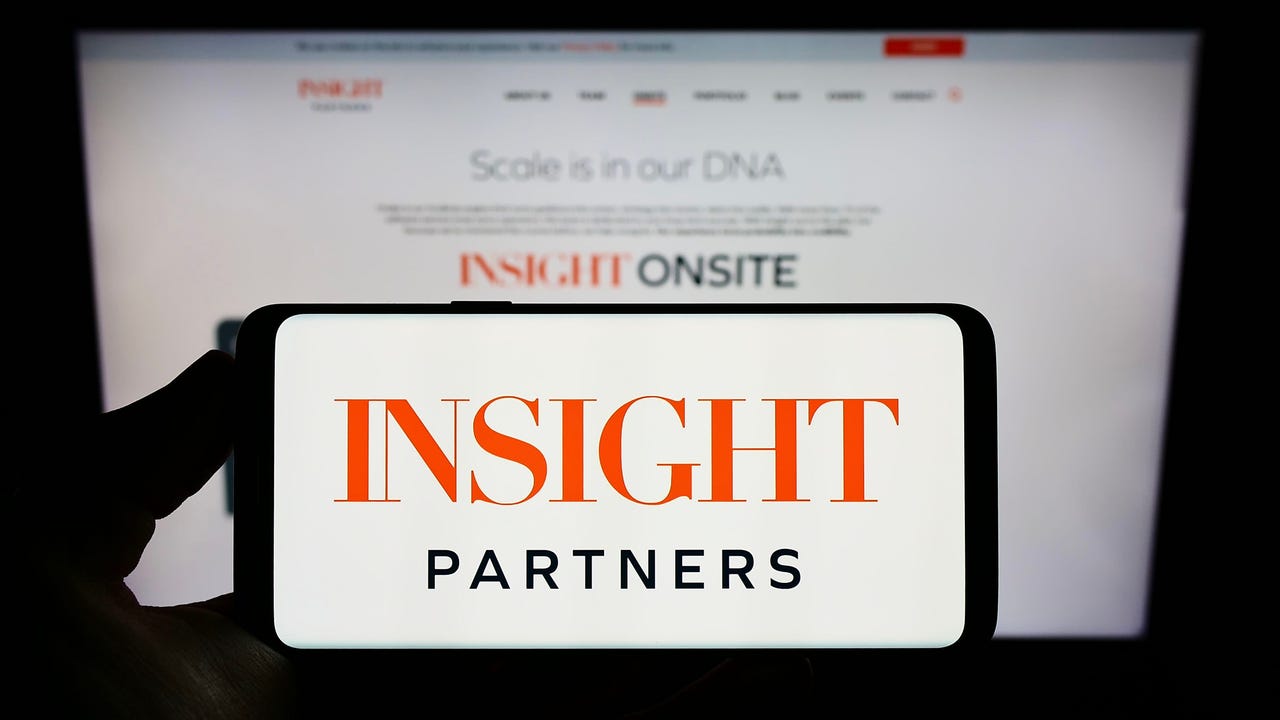
_Andrey_Khokhlov_Alamy.jpg?width=1280&auto=webp&quality=80&disable=upscale#)


















































































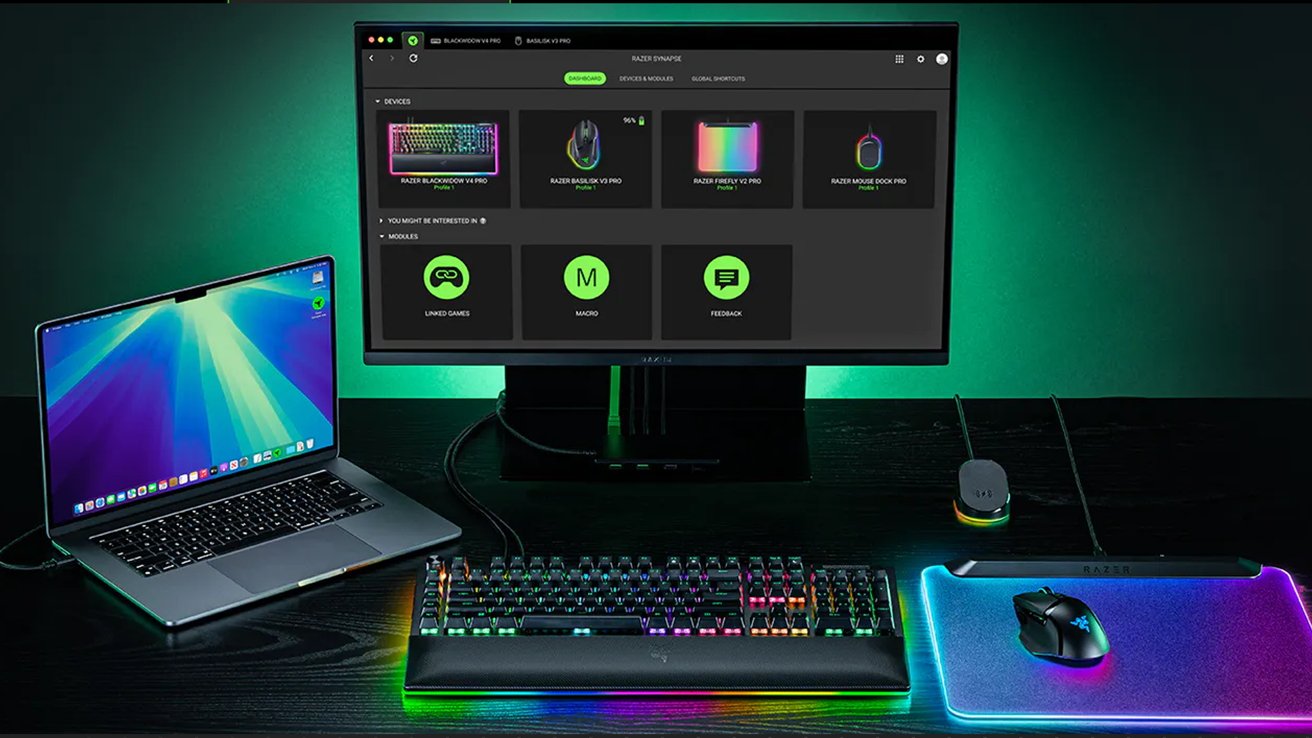
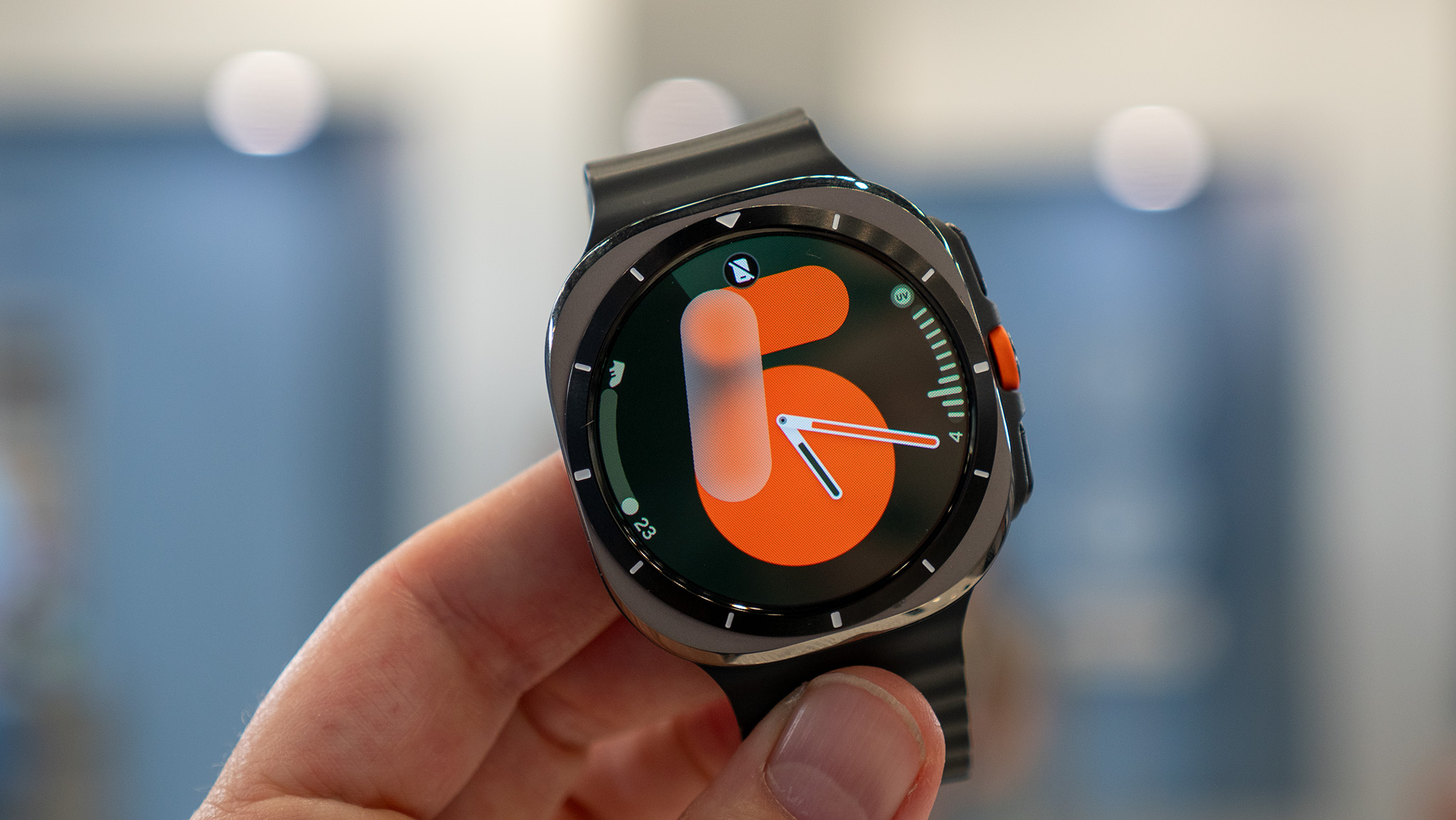

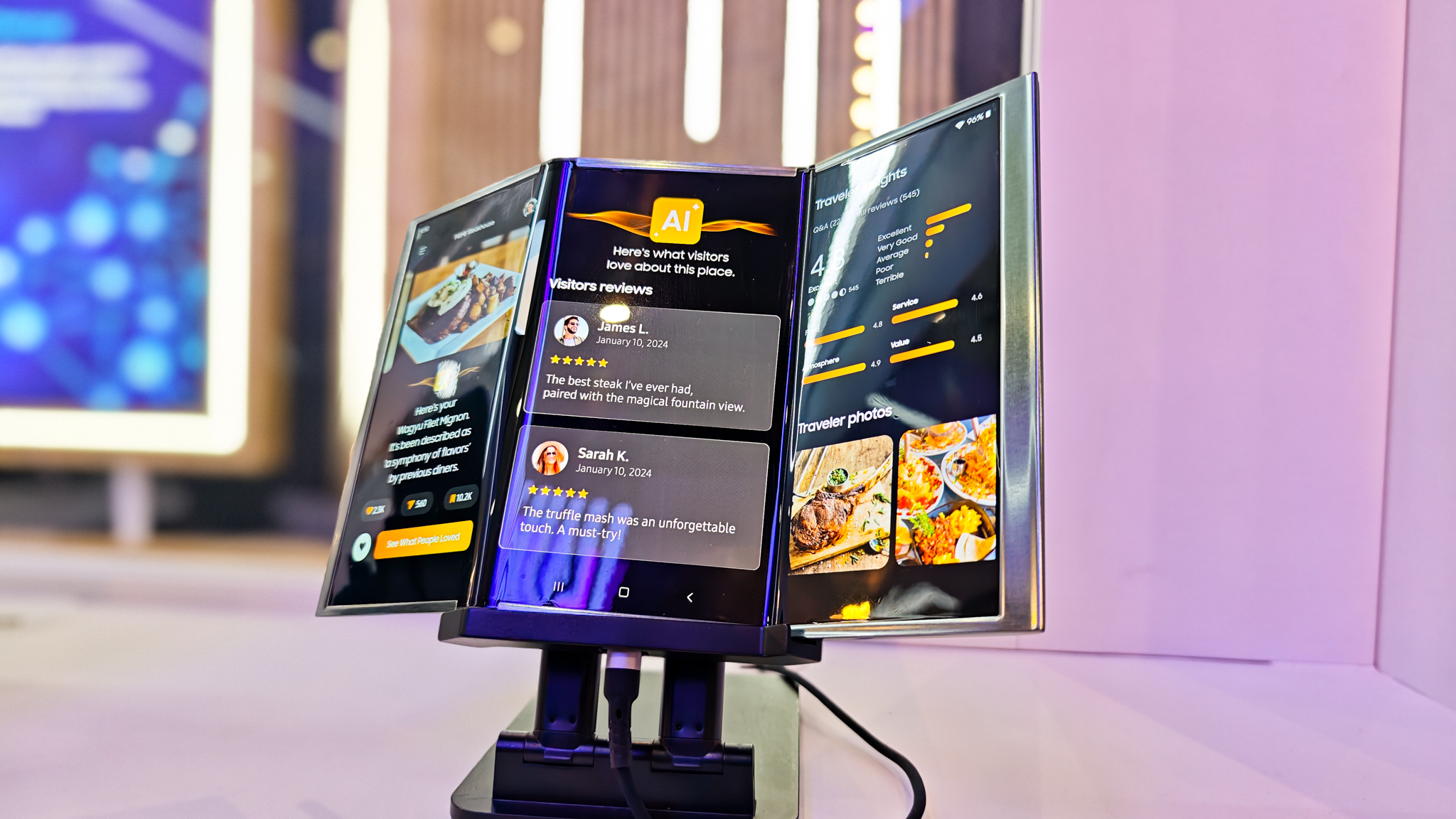
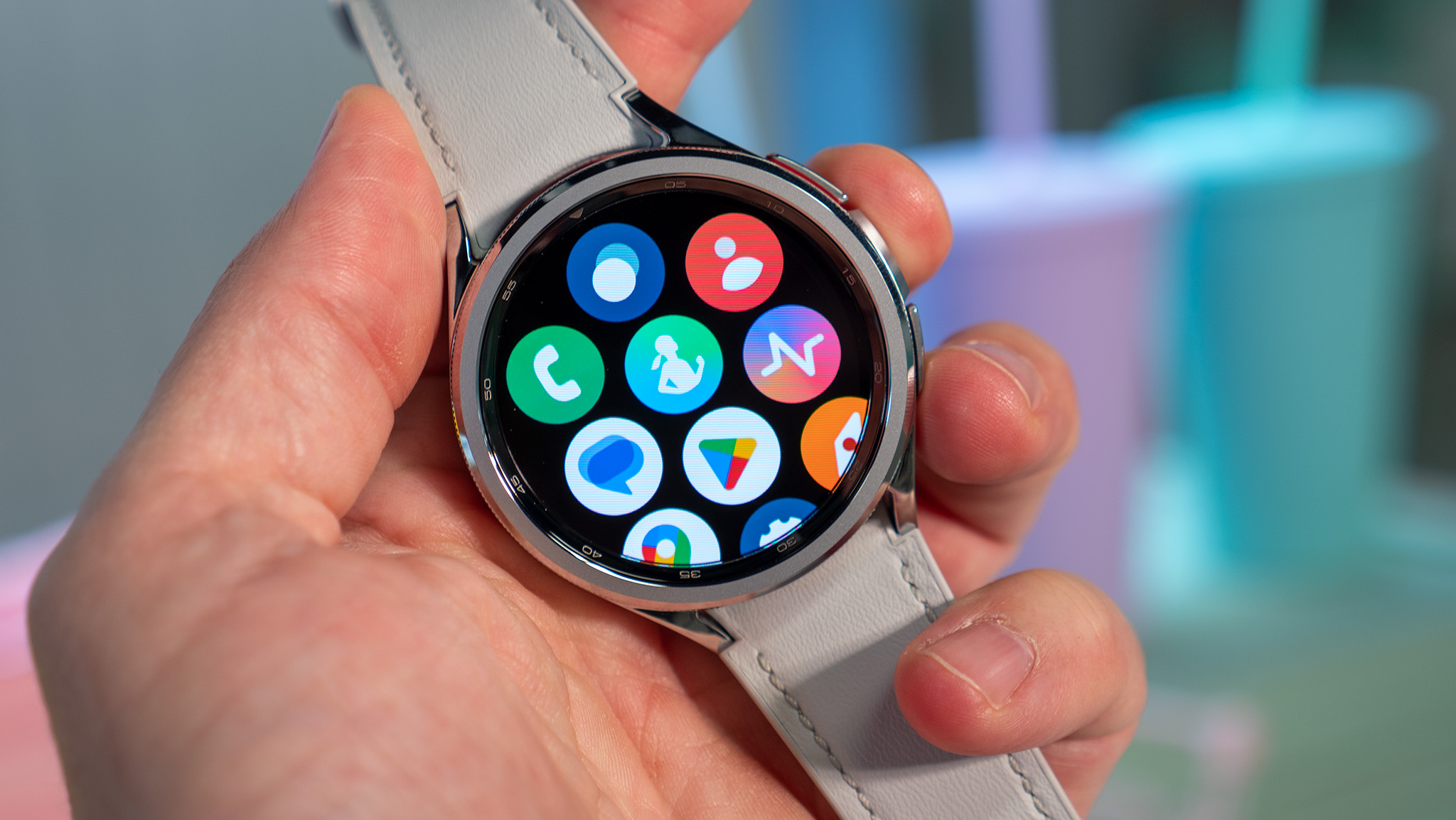





















![New iPad 11 (A16) On Sale for Just $277.78! [Lowest Price Ever]](https://www.iclarified.com/images/news/97273/97273/97273-640.jpg)

![Apple Foldable iPhone to Feature New Display Tech, 19% Thinner Panel [Rumor]](https://www.iclarified.com/images/news/97271/97271/97271-640.jpg)
![Apple Developing New Chips for Smart Glasses, Macs, AI Servers [Report]](https://www.iclarified.com/images/news/97269/97269/97269-640.jpg)










































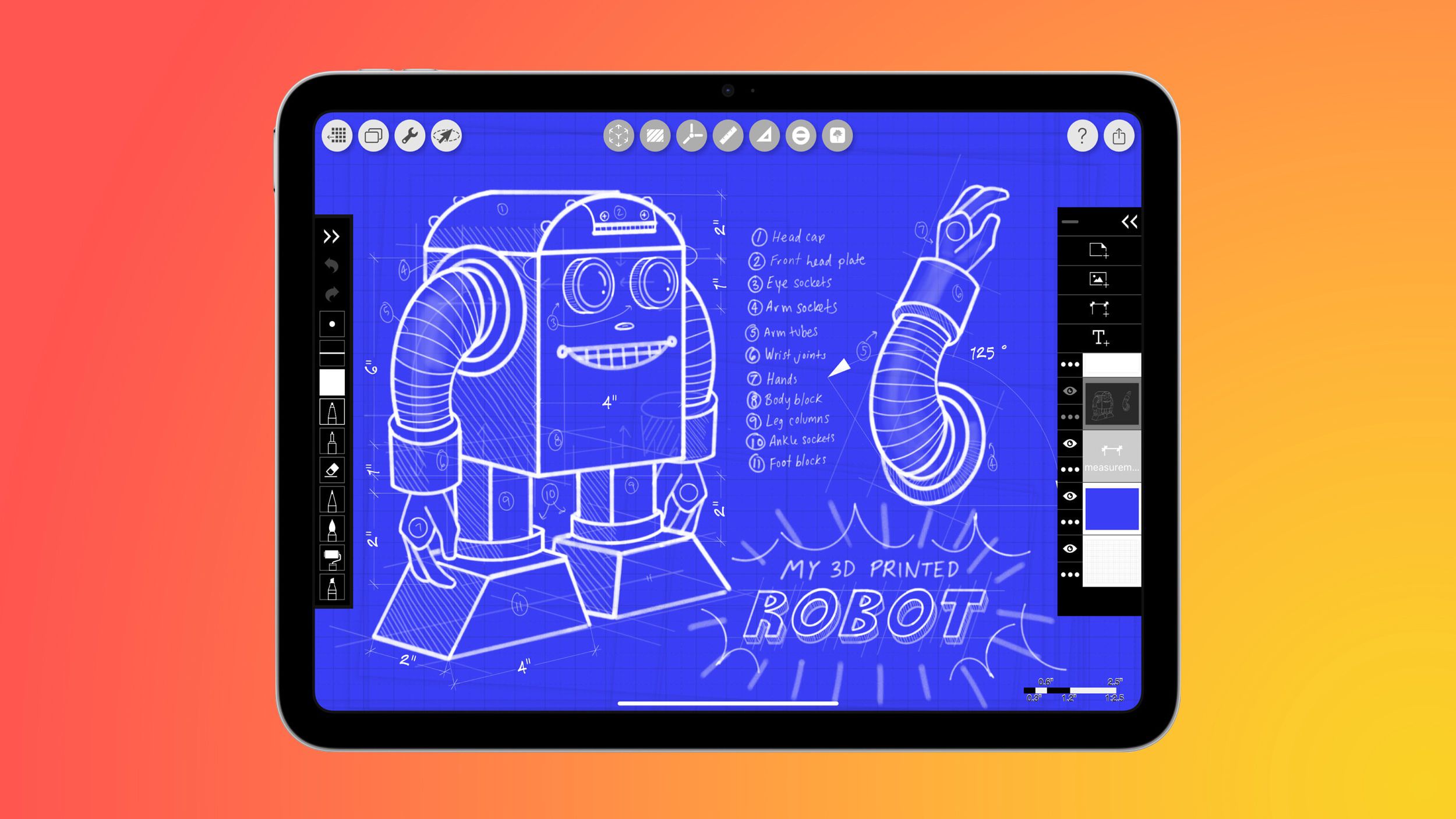





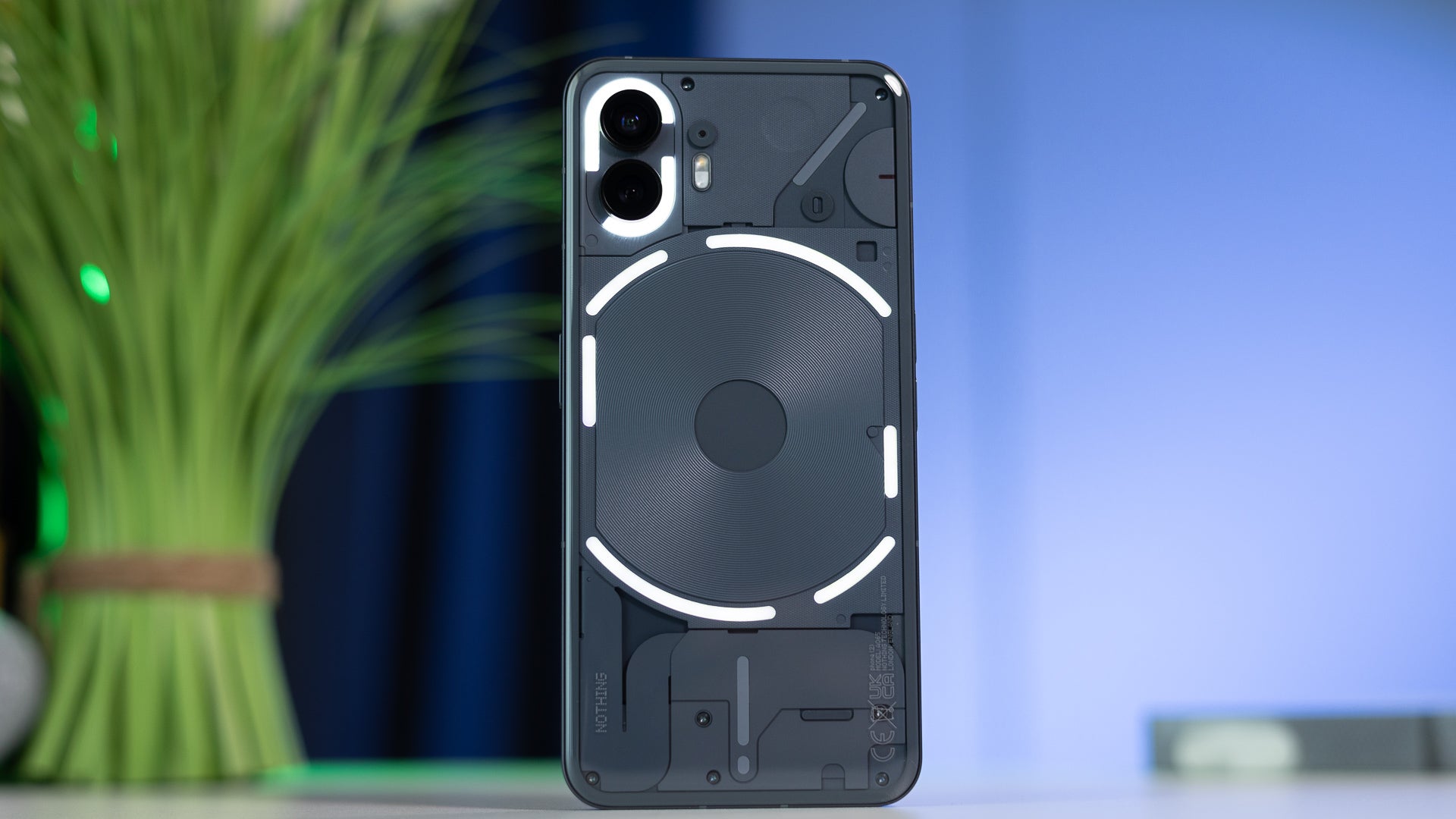

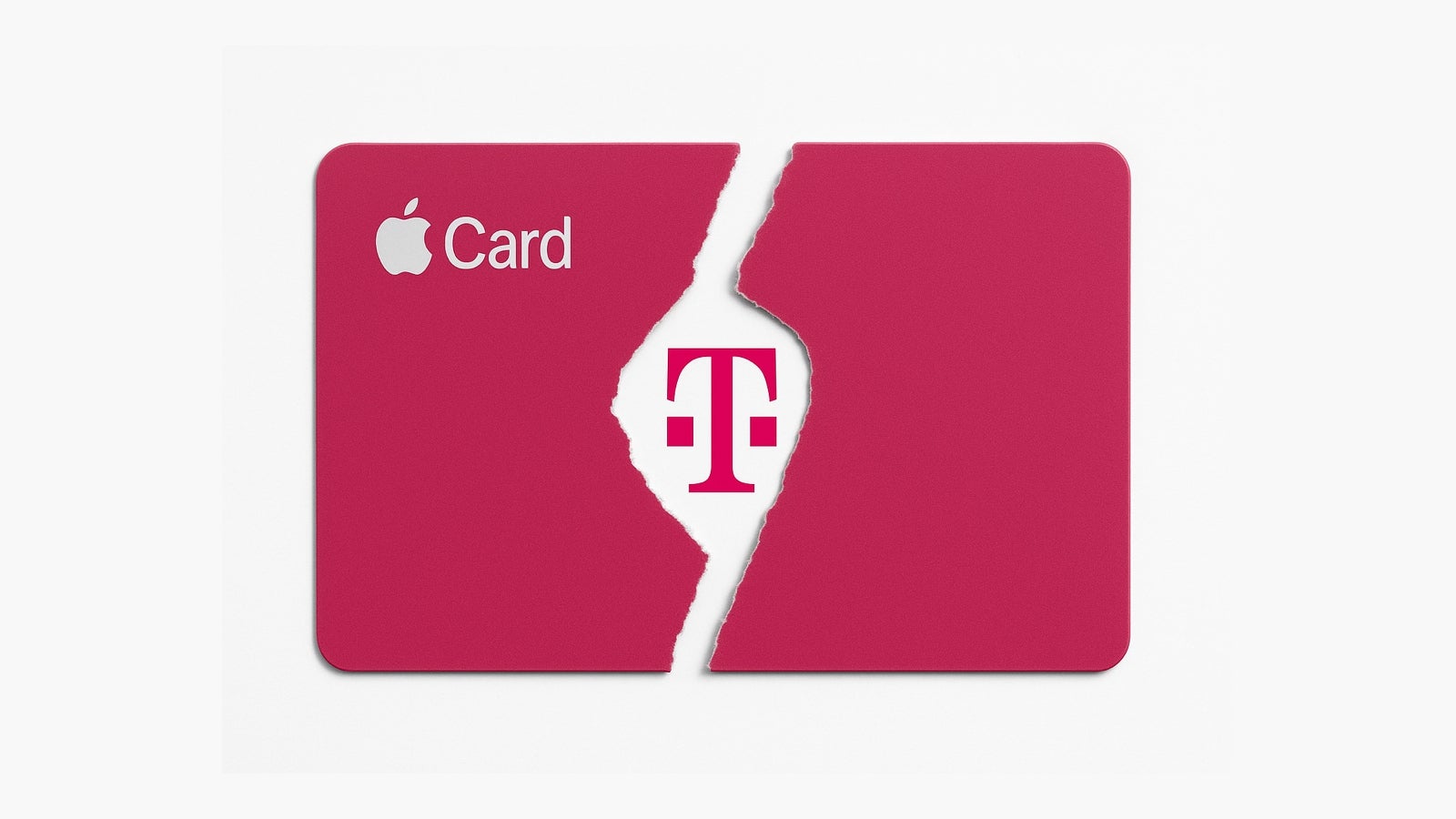




















![[Weekly funding roundup May 3-9] VC inflow into Indian startups touches new high](https://images.yourstory.com/cs/2/220356402d6d11e9aa979329348d4c3e/WeeklyFundingRoundupNewLogo1-1739546168054.jpg)


























